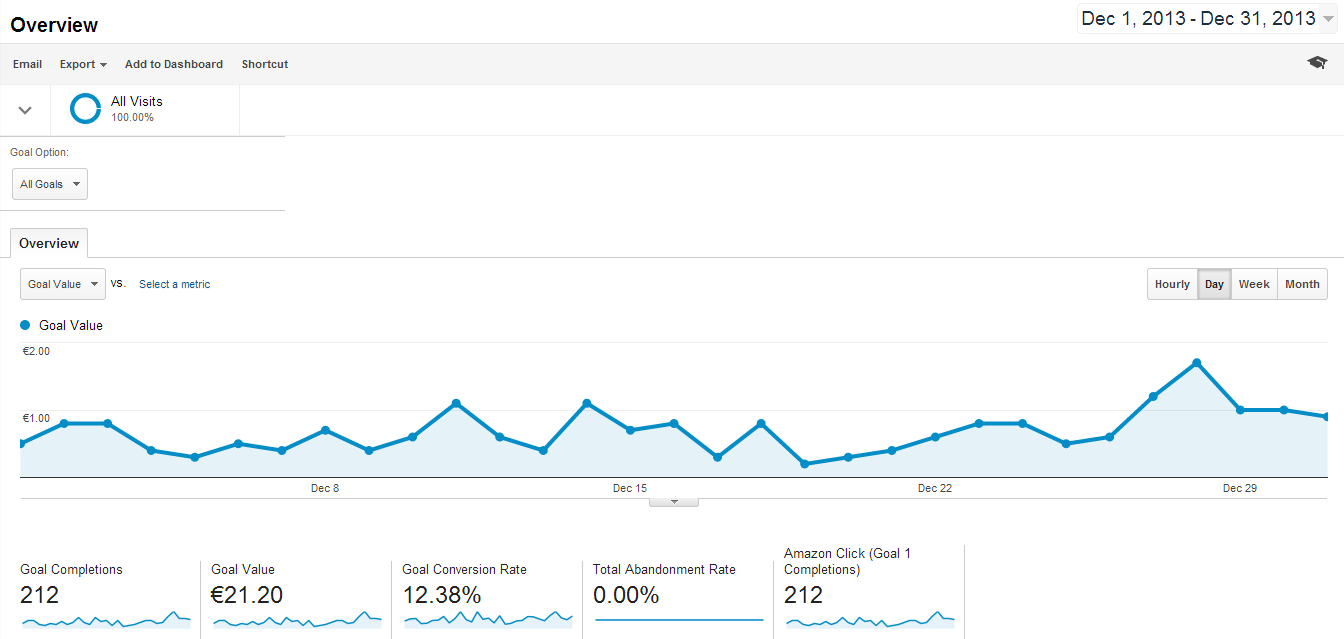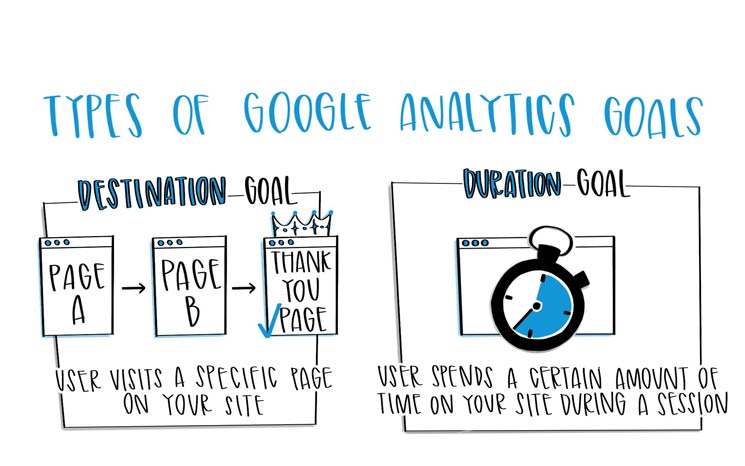Comprehensive Listing of What Data Is Google Analytics Goals Unable to Track
Comprehensive Listing of What Data Is Google Analytics Goals Unable to Track
Blog Article
Demystifying Google Analytics Limitations: Reveal What Information Goals Can not Track
In the realm of digital analytics, Google Analytics stands as a powerful device that offers beneficial insights right into site efficiency and individual behavior. From the complexities of customer interaction with dynamic material to the complexities of cross-device individual journeys, these restrictions lost light on areas that might stay covered from standard analytics perspectives.

Individual Communication With Dynamic Web Content
User communication with dynamic web content plays a critical duty in understanding individual habits on websites and maximizing the overall user experience. By tracking user interactions with dynamic content, website proprietors can obtain valuable understandings right into user interaction, preferences, and behaviors - what data is google analytics goals unable to track.
Google Analytics provides various tools to track customer communications with vibrant material, such as event monitoring and digital pageviews. Occasion tracking allows you to keep track of specific customer activities, like clicking a switch or viewing a video, giving information on exactly how users interact with vibrant aspects. Online pageviews can be utilized to track interactions that do not result in a brand-new web page tons, supplying a thorough sight of individual interaction with vibrant material. By analyzing this data, website owners can make educated decisions to boost individual experience and drive conversions.
Cross-Device Customer Journeys
Exactly how can modern-day analytics tools track the facility paths users take across numerous tools in their online trips? Cross-device customer journeys present a significant obstacle for tracking and analyzing individual actions precisely. As individuals interact with web sites or apps making use of different tools such as desktops, smartphones, and tablet computers, it ends up being essential to recognize how they relocate in between these platforms to enhance customer experience efficiently.
Google Analytics faces restrictions in tracking cross-device customer journeys because of personal privacy concerns and technological restraints - what data is google analytics goals unable to track. While it can give understandings right into private gadgets' interactions, tracking a seamless customer trip throughout several tools remains a challenge. This constraint can cause incomplete data and fragmented user understandings, making it tough for services to produce a unified view of the consumer journey
To address this concern, organizations can use advanced analytics tools that supply cross-device monitoring abilities, allowing them to obtain an extra alternative understanding of individual behavior. By leveraging these tools, services can connect the gap in tracking cross-device customer journeys and maximize their digital techniques for a seamless customer experience.
Offline Conversions and Attribution
As businesses browse the challenges of tracking cross-device customer trips, another pivotal facet to think about is the realm of offline conversions and acknowledgment in the realm of information analytics. While Google Analytics supplies useful understandings into on-line individual actions, it fails when it pertains to tracking conversions that occur offline. This constraint presents a substantial difficulty for businesses that have both online and offline sales channels.
Offline conversions, such as acquisitions made in physical stores or via phone call centers, are necessary to recognizing the total customer journey. Without the ability to connect these offline conversions to particular on-line interactions, organizations might battle to precisely gauge the influence of their electronic advertising efforts.
To address this void, services can check out alternate options such as incorporating CRM systems with online analytics tools or using one-of-a-kind promotion codes that can be traced back to online projects. By connecting the space between online and offline data, companies can get a much more detailed understanding of their consumers' behavior and enhance their total advertising and marketing approaches.
Person Individual Recognition
In the realm of data analytics, the ability to properly determine specific users throughout various on-line touchpoints is a vital obstacle for services looking for to personalize and optimize their advertising strategies. While Google Analytics gives valuable insights into customer actions and interactions, it falls brief in allowing the recognition of specific people as a result of personal privacy problems and technical constraints. Google Analytics makes use of one-of-a-kind identifiers such as cookies to track individual sessions and behavior, but these do not relate to determining private users in a personal sense.

Information From Secure Pages
Regardless of the enhancing frequency of secure pages on websites, getting data from these encrypted resources offers an one-of-a-kind difficulty for digital analytics systems like Google Analytics. Protect web pages, shown by HTTPS in the link, encrypt data traded in between the user's browser and the internet site's web server to make certain privacy and protection. While this encryption is crucial for shielding delicate info, it likewise poses restrictions for tracking customer behavior and gathering analytics information.
Google Analytics encounters challenges in accumulating comprehensive info from safe pages due to the file encryption methods in position. As a result, specific information factors such as reference sources, keyword searches, and even some user interactions might not be totally recorded when customers access a site with a safe and article source secure connection. This restriction can affect the accuracy and efficiency of the information evaluation, bring about voids in understanding user behavior and preferences on protected pages.
To navigate this challenge, electronic experts might require to discover different monitoring approaches or utilize other tools specifically created to collect understandings from safe and secure web pages. By adjusting methods to fit these restrictions, services can still obtain important analytics despite the constraints presented by encrypted links.
Verdict
In final thought, Google Analytics has restrictions in tracking user interaction with vibrant web content, cross-device customer journeys, offline conversions, private customer identification, and information from protected pages. Regardless of its important understandings, Google Analytics may not offer a total picture of user interaction throughout different touchpoints.
Customer interaction with vibrant web content plays a critical function in understanding user habits on websites and enhancing the total user experience. By tracking individual communications with dynamic material, web site proprietors can acquire useful understandings into individual interaction, choices, and behaviors.
Google Analytics utilizes special Recommended Reading identifiers such as cookies to track customer sessions and behavior, however these do not correspond to recognizing individual users in an individual feeling.
As an outcome, certain data points such as recommendation resources, keyword searches, and also some user interactions may not be completely recorded this when users access a site via a secure link.In conclusion, Google Analytics has limitations in tracking individual communication with vibrant web content, cross-device customer journeys, offline conversions, individual user identification, and information from safe web pages.
Report this page